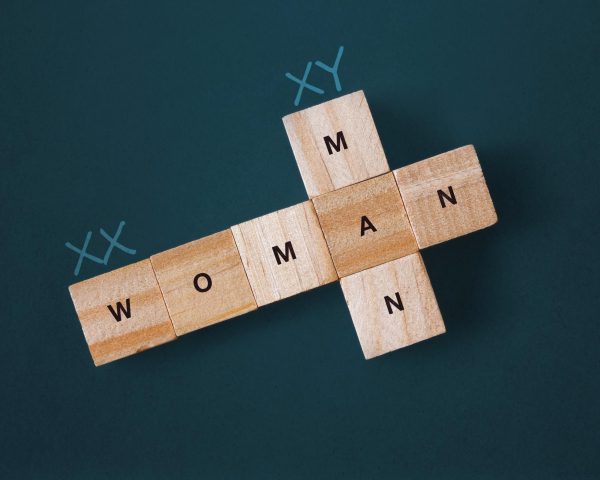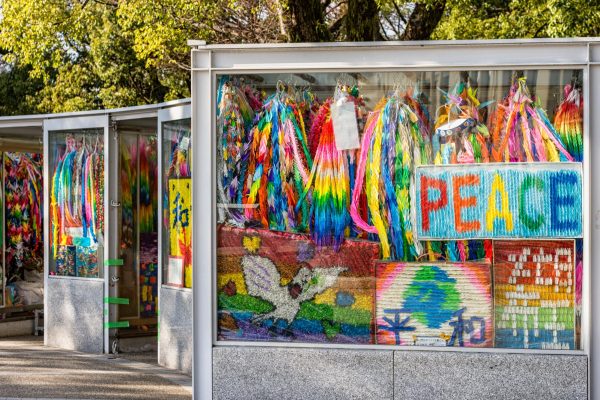The Equal Rights Amendment: It’s A Near 100 Year Battle to Be Ratified
In January of 2020, Virginia became the 38th state to ratify the Equal Rights Amendment, fulfilling the threshold of needing ¾ of states to support passing a constitutional amendment. However, the deadline to pass the amendment has long expired, and five states have rescinded their support. The debate on whether to include this amendment that would state equality between the sexes under the Constitution has sparked much debate in America over the years. If the Equal Rights Amendment is passed now, it would be a major step forward for women’s equality and rights in America.
Following the passage of the 19th Amendment, Alice Paul, and Crystal Eastman wrote the Lucretia Mott Amendment in an effort to guarantee gender equality under the Constitution. Though over the years, while the wording for the amendment changed, the message remained the same: Guarantee equality of the sexes under the Constitution. Despite many attempts to introduce it to Congress, it didn’t gain much traction until it was reintroduced by Representative Shirley Chisholm (D-NY) and Representative Martha Griffiths (D-MO) and passed in March of 1972.
The amendment also received a bump in public support and interest due to the Second Wave Feminist Movement. Many came forward to support this amendment, including the National Organization of Women (NOW), the League of Women Voters, multiple prominent magazines, former Presidents and First Ladies, and more. It was expected to pass swiftly but faced unanticipated opposition from Phyllis Schlafly and her supporters. Schlafly and her STOP ERA campaign argued the amendment would deprive women of their rights to be mothers, strip the female privilege of not being drafted into the military, lead to gender-neutral bathrooms and same-sex marriage, and was a part of the government’s attempt to degrade the traditional roles of women. Schlafly’s popularity and influence was in large part due to the backlash to Roe v. Wade and fear of degrading traditional values and roles designated to women. As the deadline approached, the number of states to ratify fell short. Congress did extend the deadline but by the final deadline, June 30, 1982 , the amendment was three states short from ratification.
After the Equal Rights Amendment failed, the Amendment has been reintroduced before every session of Congress to try to allow it to be ratified by states. Despite its failure forty years ago, the recent prominence of the #MeToo Movement has propelled mass public interest yet again in the Equal Rights Amendment and whether it can be passed today and expand women’s rights and equality.
Courtney is a senior at BASIS Independent Brooklyn. She enjoys volunteering at the Prospect Park Zoo and the New-York Historical Society. Courtney looks...







